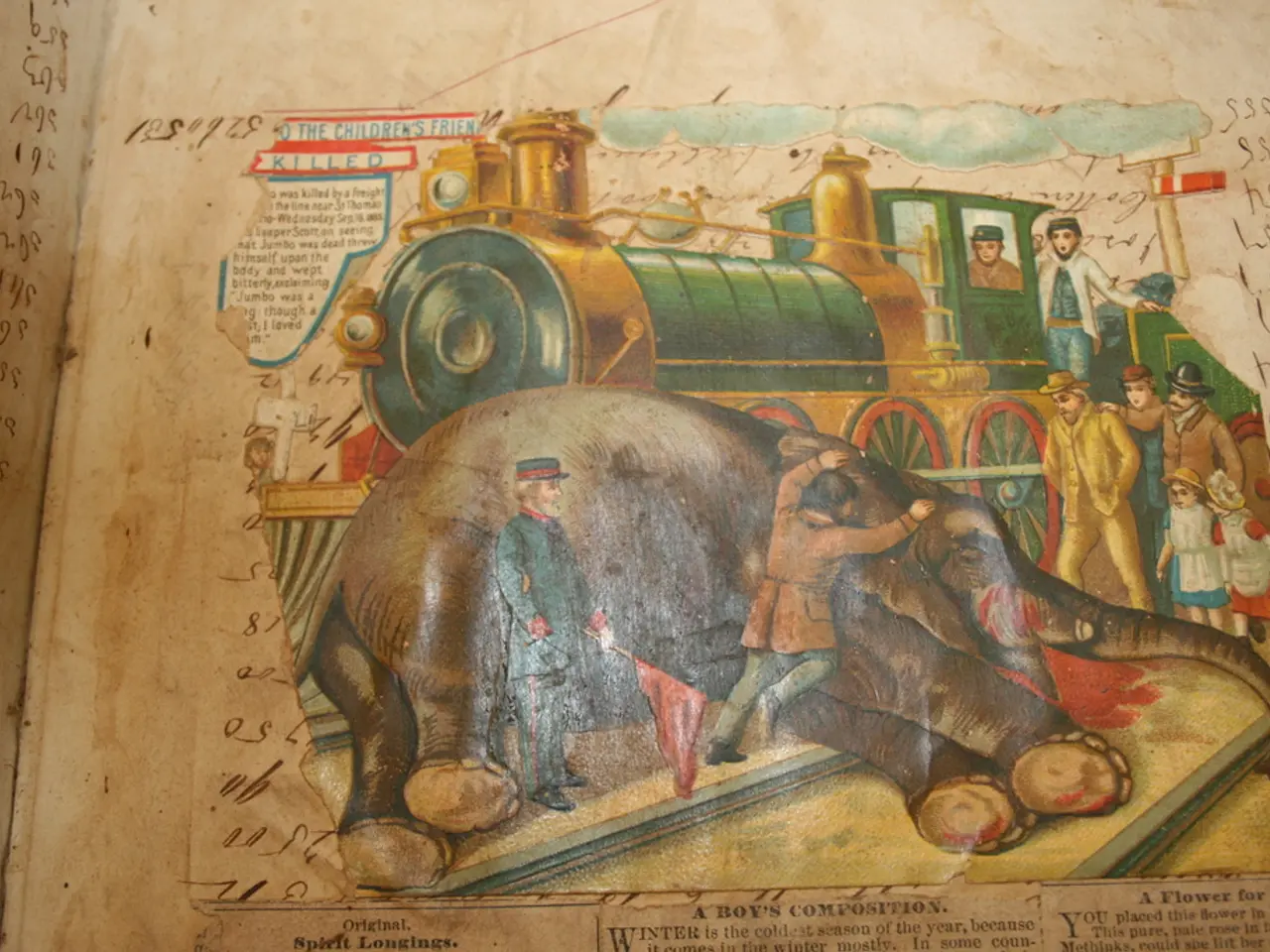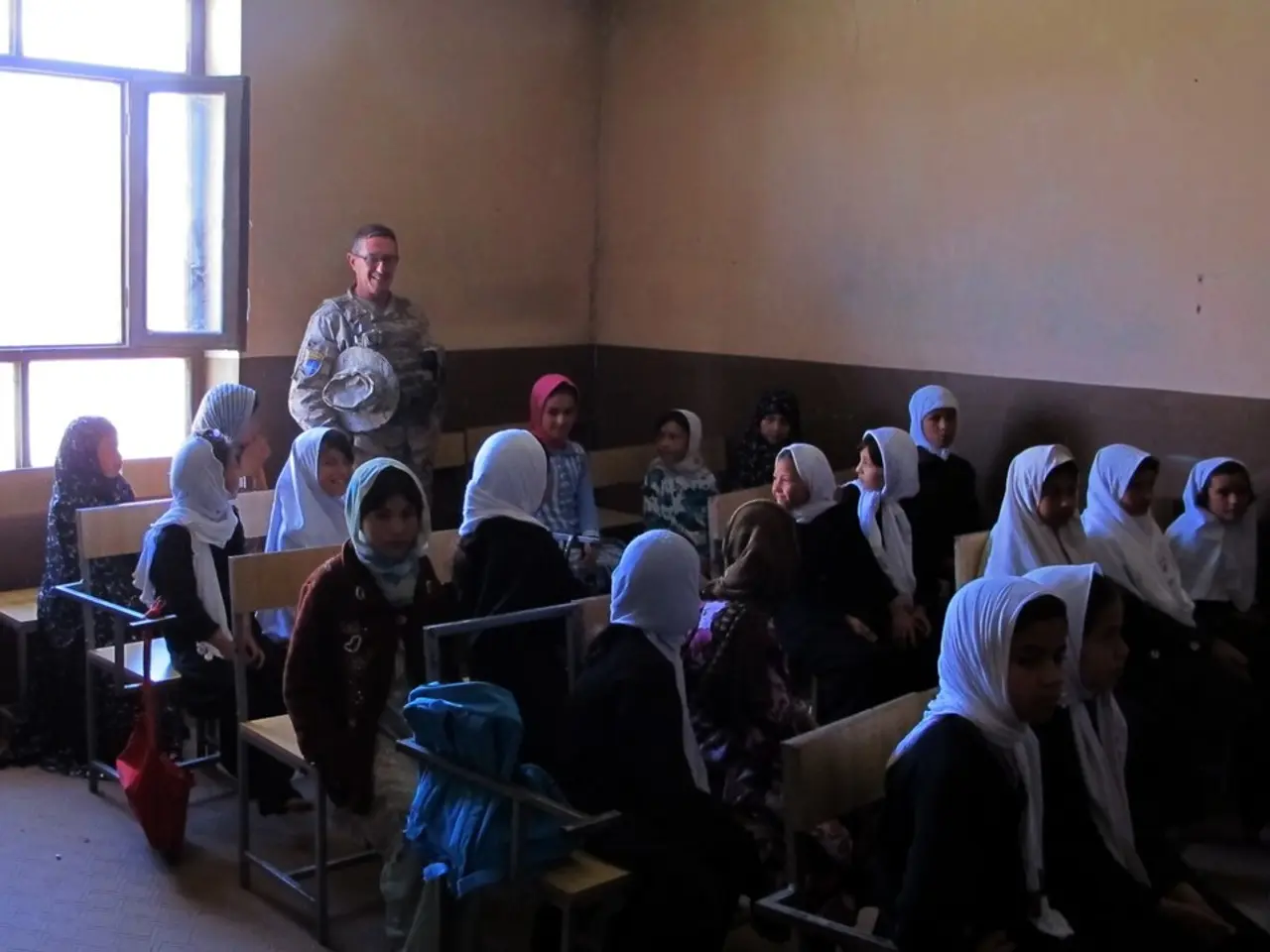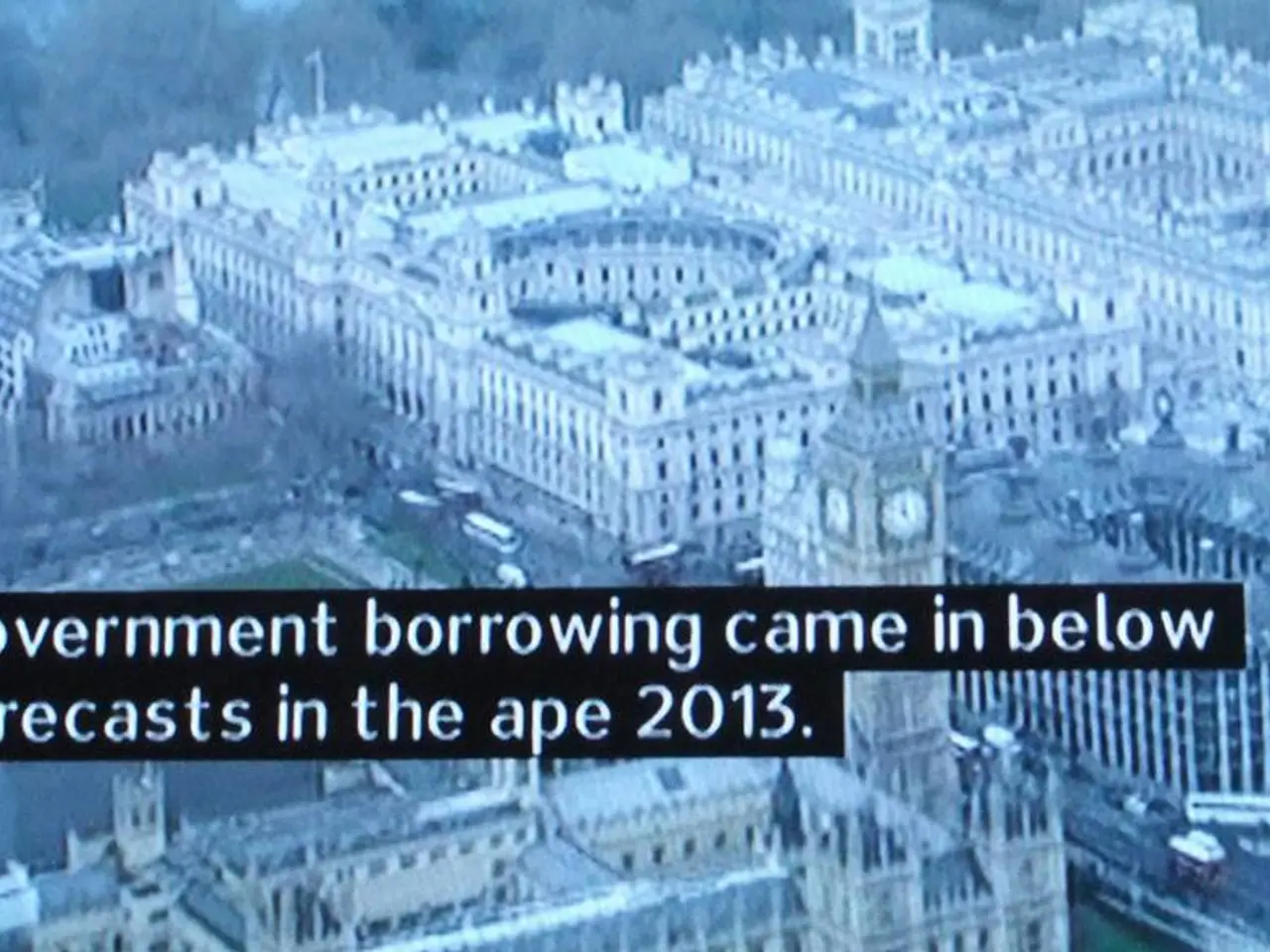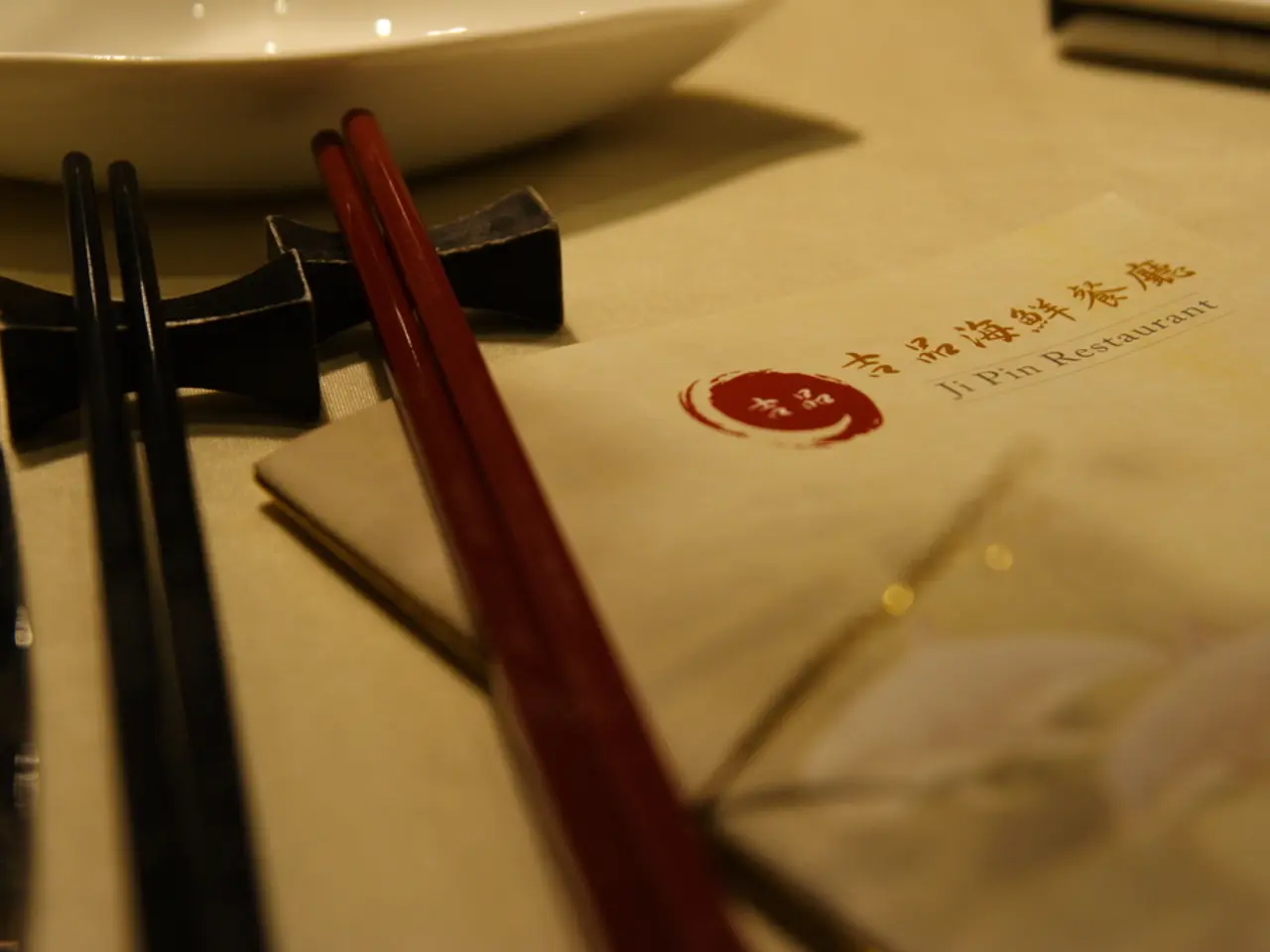Elephant in an Indian Ceramic Store (United States)
In a move that showcases India's strategic autonomy, the South Asian nation has continued its energy and defence trade with Russia, defying the tariffs imposed by former US President Donald Trump. The tariffs, which reached up to 50%, were specifically targeted at Indian goods in an attempt to dissuade India from purchasing Russian oil and arms [1][3][4].
Trump's administration aimed to align India with US strategic goals and reduce its economic engagement with Russia. However, India resisted these demands strongly, with officials calling the tariffs "unfair" and the Indian government declaring its readiness to pay a "heavy price" rather than compromise on its sovereign trade decisions [4]. This tariff conflict marked a significant low point in US-India relations since the 1990s [4].
Despite the tension, India's stance towards Russia has not wavered. The country remains a key buyer of Russian oil and arms, a fact that has kept the India-Russia relationship resilient amidst the escalating US penalties [1][3][4].
The US perceives India's involvement in BRICS (which includes China and Russia) as part of a broader geopolitical balancing act. The US views BRICS as an "anti-American bloc," indicating that India's stance is seen as a significant part of a larger geopolitical game [2].
As of now, there is no direct confirmation of a formalized or emergent RIC (Russia, India, China) alliance in response to these tensions. However, India’s continued engagement with Russia, participation in BRICS, and resistance to US pressure suggest an inclination towards maintaining close ties within this multipolar framework [2].
Currently, Indian Prime Minister's National Security Advisor Ajit Doval is in Moscow, further strengthening the India-Russia relationship. This dynamic illustrates India’s attempt to navigate between US strategic pressure and its own geopolitical interests, balancing ties with both powers rather than fully committing to a united RIC front.
References:
[1] The Diplomat. (2020, August 19). India-Russia Relations Remain Resilient Amid U.S. Tariffs. Retrieved from https://thediplomat.com/2020/08/india-russia-relations-remain-resilient-amid-us-tariffs/
[2] The Hindu. (2020, October 12). The RIC revival: A new impetus for rapprochement. Retrieved from https://www.thehindu.com/opinion/op-ed/the-ric-revival-a-new-impetus-for-rapprochement/article32905687.ece
[3] The Indian Express. (2020, September 18). US-India trade deal: Trump administration imposes 50% tariff on Indian goods. Retrieved from https://indianexpress.com/article/explained/us-india-trade-deal-trump-administration-imposes-50-tariff-on-indian-goods-7029796/
[4] The Wire. (2020, September 24). The US-India trade war: India's response to Trump's tariffs. Retrieved from https://thewire.in/diplomacy/us-india-trade-war-indias-response-to-trumps-tariffs
- The ongoing trade relations between India and Russia, particularly in the sectors of energy and defense, despite US tariffs, signify India's policy-and-legislation stance, demonstrating its commitment to sovereign trade decisions in the face of political pressures.
- Amidst the escalating US-imposed penalties and the US's perception of India's involvement in BRICS as part of a geopolitical balancing act, the Indian government continues to engage in politics that align with its general-news priorities, maintaining close ties with both the US and Russia.








